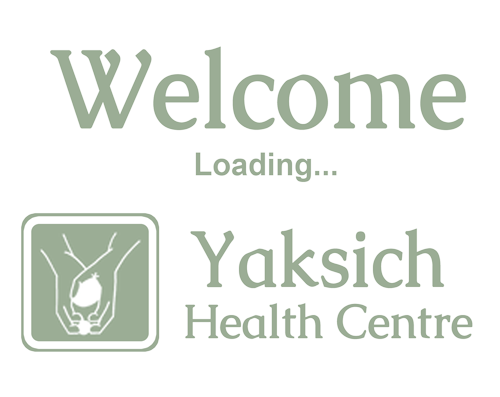- DY
- 0 Comments
THINGS YOU CAN DO TO AVOID AN ATTACK OF BACK PAIN.
When you first wake it takes a while for your heart to get the blood pumping through the big muscles in your back so just start the day out slow. Best to have a hot shower before you do anything. We recommend a few simple stretches for your lower back first followed by shoulders then neck. Put your hands on your knees and let the hot water run on your back, once warm stand upright and side bend slowly working your hands down both sides towards your knees three times each side. Next with your hands on your waist rotate slowly left then right holding at the ends of rotation for three seconds. Next three shoulder shrugs followed by three rotations forward then three back.
For neck stiffness put your left hand across to your right shoulder and gently rotate your neck to the left looking at your left shoulder three times to the point of resistance and hold for three seconds do these three times to the left then repeat the directions in reverse.
Life is full of incidents that can injure you but rather than wrapping yourself in cotton wool, make yourself as strong and flexible as you can. There is a set of exercises in the help section of this website that will get you started.
YAKSICH HEALTH CENTRE

Treatment.
- Physical therapy: exercises and stretches to strengthen the muscles in the back and improve flexibility.
- Chiropractic and osteopathic care: manual adjustments to the spine to improve alignment and reduce pain.
- Acupuncture: a traditional Chinese medicine technique in which thin needles are inserted into the skin at specific points on the body.
- Massage therapy: using hands-on techniques to manipulate the muscles and soft tissues of the back to relieve pain and tension.
- Hot and cold therapy: using heat and cold packs to relieve pain and reduce inflammation.
- Medications: over-the-counter pain relievers, such as ibuprofen and acetaminophen, can be effective for mild to moderate pain. Prescription medications, such as muscle relaxants and opiates, may be used for more severe pain.
- Injections: such as corticosteroids, that can be used to reduce inflammation and pain in the affected area.
- Surgery: In some cases, surgery may be necessary to treat certain conditions that can cause back pain, such as a herniated disk or spinal stenosis.
Contact Us
Reach out today, to learn how we can help you, live a pain free life.

